
Electric Rice Cooker RoHS Testing
In European and American households, a rice cooker that offers precise temperature control and produces fluffy, well-textured rice has evolved from a luxury to a necessity. With the rise of cross-border e-commerce and home appliance exports, rice cooker brands are accelerating their push into Western markets. According to the latest data from Statista, the European rice cooker market reached €1.28 billion in 2024, with a compound annual growth rate (CAGR) of 6.2%. In the U.S., driven by the growing demand for healthy cooking, the market is expected to grow at over 7.5% annually from 2025 to 2030. However, to gain a foothold in these markets, ROHS Testing is a required compliance stepfor all exporters.
1. Why Is rohs testing Required for Rice Cookers?
RoHS, short for Restriction of Hazardous Substances, is a directive issued by the European Union. It restricts the use of certain hazardous substances in electronic and electrical equipment, aiming to protect both the environment and human health. Initially covering six substances (including lead, mercury, and cadmium), the directive now includes ten.
Since 2019, the updated RoHS 2.0 requires fULl lifecycle compliance, not just for the finished product, but also for all parts and materials throughout the supply chain. This means Chinese rice cooker manufacturers must submit their products to third-party RoHS testingto enter the EU market. Without it, they risk returned shipments, fines, or brand damage.
While the United States lacks a unified RoHS directive, regulations such as California Proposition 65 (CP65)and FDA food contact material standardsimpose strict limits on heavy metals—especially in plastic parts and coatings. In 2024, data from the U.S. Consumer Product Safety Commission (CPSC) showed that 23% of recalled household appliances were due to excessive hazardous substances, with rice cookers under particularly close scrutiny because of direct food contact.
2. What’s Involved in RoHS Testing for Rice Cookers?
To understand RoHS testing, it helps to break down the structure of a typical rice cooker. Key components include:
a. Plastic outer shell
b. Heating plate(usually aluminum or stainless steel)
c. Inner pot coating(ceramic glaze or Teflon)
d. Power cord and insulation
e. Control board and electronic components
Each of these parts may contain harmful substances. The RoHS testing focuses on the following risk areas:
a. Heavy metalssuch as lead, mercury, and cadmium often found in pigments, soldering materials, or plastic stabilizers
b. Hexavalent chromium, used in anti-rust coatings or surface treatment of metals
c. Brominated flame retardants, found in electronic circuit components
d. Phthalates(like DEHP, DBP), used as plasticizers in power cord sheaths or casings
Testing Process Overview:
1. Disassembly: The rice cooker is taken apart and materials are classified (metal, plastic, electronics).
2. Initial Screening: An XRF spectrometer is used to quickly detect the presence of heavy metals.
3. Chemical Extraction: High-risk components such as coatings and plastics are extracted using chemical solvents.
4. Precision Analysis: Advanced instruments like GC-MS and ICP-MS are used to measure the concentration of restricted substances, ensuring they fall within acceptable RoHS limits (e.g., lead ≤ 0.1%, cadmium ≤ 0.01%).
JJR Laboratory is accredited by both CNAS(China National Accreditation Service) and CMA(China Metrology Accreditation), meaning that rohs reports issued by JJR are directly acceptedfor ce marking in the EU and fcc compliance in the U.S. No duplicate testing is required.
3. Additional Certifications to Access the EU and U.S. Markets
RoHS is only one piece of the puzzle. Exporting rice cookers to Europe or the U.S. also requires meeting additional regulatory standards:
In the European Union:
erp directive: Requires improved energy efficiency, especially during standby mode
LFGB Regulation: Ensures that food contact materials, like inner pot coatings, are safe
In the United States:
UL 60335-2-15: Covers household appliance safety requirements
FDA 21 CFR 177: Governs food contact materials used in kitchen appliances
In Japan:
pse certification: Covers electrical safety standards
JIS C 9335: Focuses on the performance standards for home appliances
JJR Laboratory offers a complete certification solution—including RoHS, energy efficiency, food contact material safety, and electrical safety testing. From initial evaluation to final compliance, we help exporters avoid scenarios where one certification passes but another causes bottlenecks, saving time and cost in market entry.
Email:hello@jjrlab.com
Write your message here and send it to us
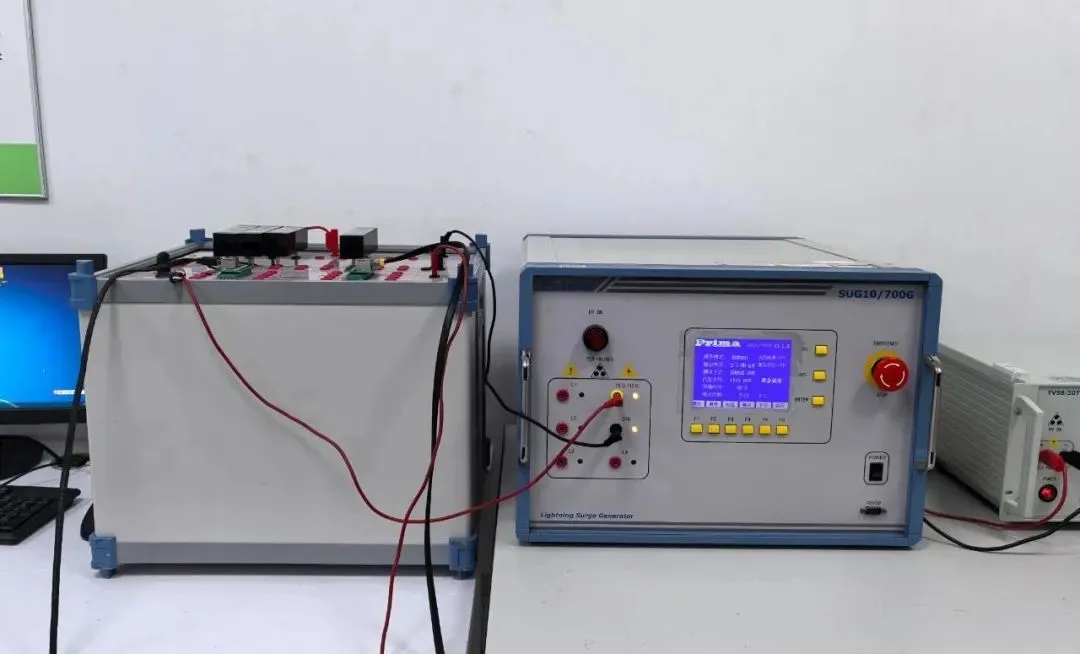 Electric Toy EN 62115 & EN 71 Testing
Electric Toy EN 62115 & EN 71 Testing
 What are ASTM F963 and CPSIA?
What are ASTM F963 and CPSIA?
 Comparison of ASTM F963 and EN 71
Comparison of ASTM F963 and EN 71
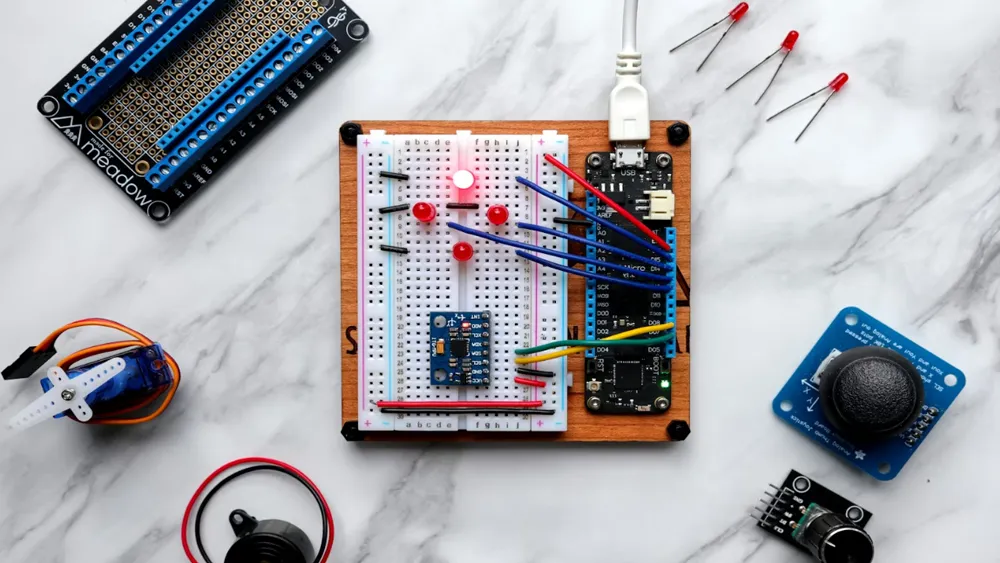 How to get CSA C22.2 NO.256:14 Test Report?
How to get CSA C22.2 NO.256:14 Test Report?
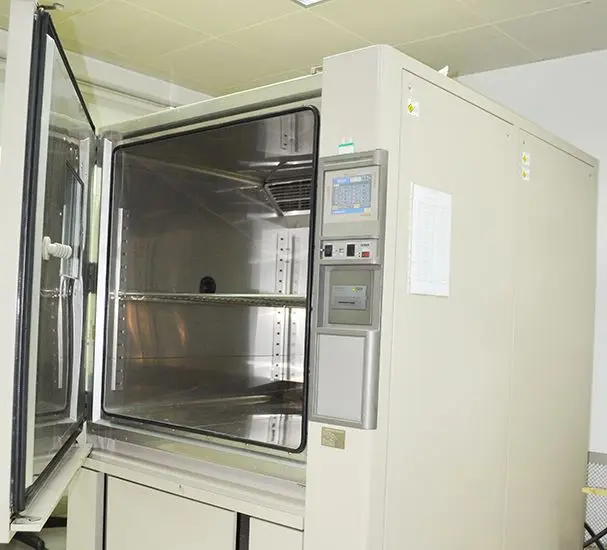 How much is the ISTA Amazon Packaging & Shippi
How much is the ISTA Amazon Packaging & Shippi
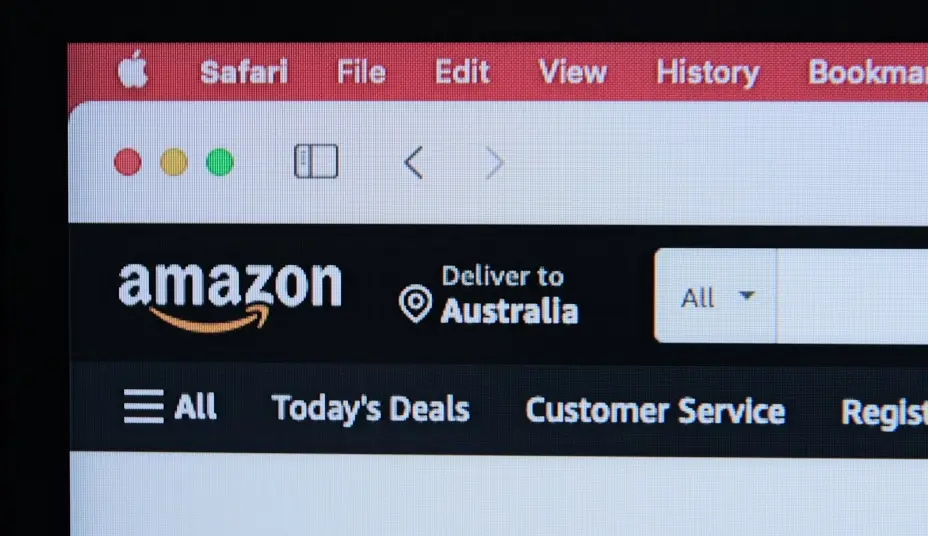 Amazon Product Laboratory Testing Requirements
Amazon Product Laboratory Testing Requirements
 How to Get EPA Certificatio
How to Get EPA Certificatio
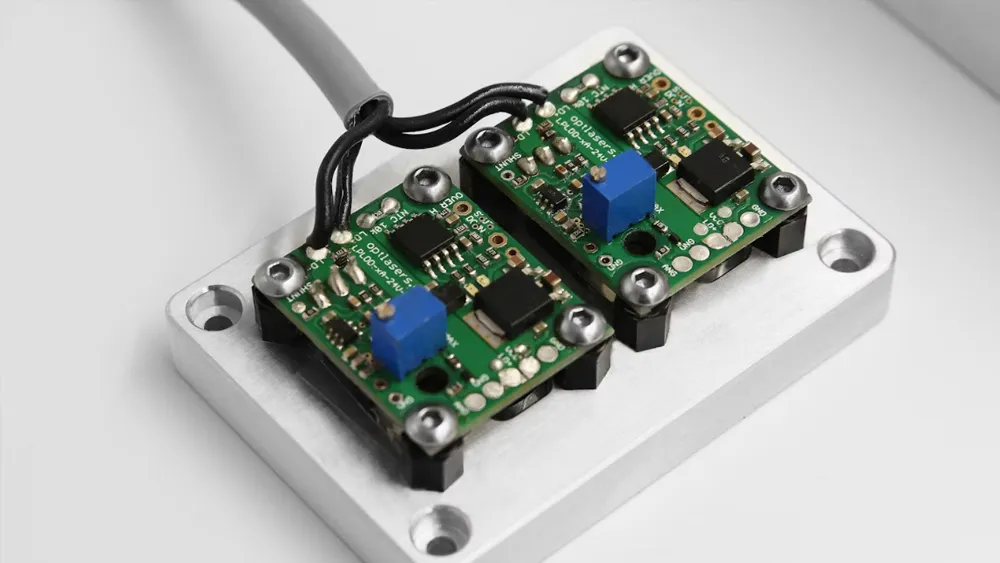 What is EPA Certification in the United States?
What is EPA Certification in the United States?
Leave us a message
24-hour online customer service at any time to respond, so that you worry!




